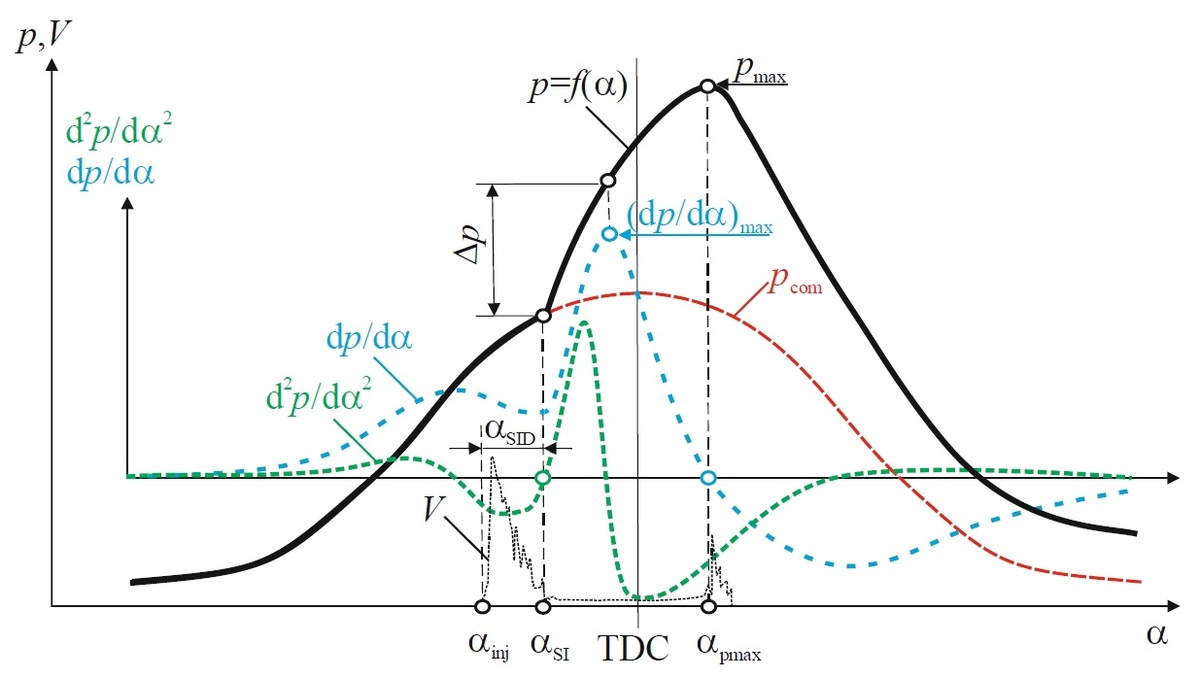Current issue
Online first
Archive
About the Journal
Aims and scope
Publisher and Editorial
Advertising policy
For Authors
Paper review procedures
Procedures protecting authentic authorship of papers
Paper preparation manual
Plagiarism check
Publication ethics
Reviewers
APC
Editorial and Scientific Board
Contact
Reviewers
Research on the effect of low-sulphur marine fuels on the dynamic characteristics of a CI engine
1
Marine Power Plants, Gdańsk University of Technology, Poland
Submission date: 2023-05-02
Final revision date: 2023-06-09
Acceptance date: 2023-06-15
Online publication date: 2023-07-03
Publication date: 2023-09-15
Corresponding author
Zbigniew Korczewski
Marine Power Plants, Gdańsk University of Technology, Narutowicza 11/12, 80233, Gdańsk, Poland
Marine Power Plants, Gdańsk University of Technology, Narutowicza 11/12, 80233, Gdańsk, Poland
Combustion Engines 2023,194(3), 97-103
KEYWORDS
TOPICS
ABSTRACT
The implementation of low-sulphur, so-called modified marine fuels into operation requires prior laboratory engine tests to assess the energy, emission and structural effects of their usage. This type of research are carried out on the test bed of a diesel engine as a small-scale physical model that reproduces the adequate design and process (parametric) features of a full-size marine engine. Their key stage is to determine the energy characteristics of the engine in the steady state of operation determined on the basis of the analysis of the developed indicator diagram and the dynamic characteristics of the transient processes from idling to the reference steady state of load - and vice versa. In this way, the basic diagnostic parameters of the fuel usable quality are determined: the rate of pressure increase in the cylinder and the average deceleration of the engine crankshaft within the strenuous transient process. This article presents representative results of this type of research carried out on six different, low-sulphur marine fuels used to feed marine engines.
REFERENCES (14)
1.
Abedin MJ, Masjuki HH, Kalam MA, Sanjid A, Rahman SM Ashrafur, Masum BM. Energy balance of internal combustion engines using alternative fuels. Renew Sust Energ Rev. 2013;26(C):20-33. https://doi.org/10.1016/j.rser....
2.
Andersson K, Brynolf S, Fridell E, Magnusson M. Compliance possibilities for the future ECA regulations through the use of abatement technologies or change of fuels. Transport Res D-Tr E. 2014;28:6-18. https://doi.org/10.1016/j.trd.....
4.
Evans GW. Multiple Criteria Decision analysis for Industrial Engineering: Methodology And Application. CRC Press Taylor & Francis Group 2017.
5.
Hillier FS, Lieberman GJ. Introduction to Operations Research. New York: McGraw-Hill Higher Education 2010.
6.
Korczewski Z. Methodology of testing marine fuels in real operating conditions of the compression-ignition engine. Gdansk University of Technology, Gdansk 2022 (in Polish).
7.
Korczewski Z. Energy and emission quality ranking of newly produced low-sulphur marine fuels. Pol Marit Res. 2022;4(116):77-87. https://doi.org/10.2478/pomr-2....
8.
Kozaczewski W. Construction of the piston-cylinder group of internal combustion engines. Transport and Communication Publishers. Warsaw 2004 (in Polish).
9.
Natke HG. Cempel C. Model-aided diagnosis of mechanical systems: fundamentals, detection, localization, assessment. Springer Science & Business Media 2012.
10.
Polanowski S. Determination of location of Top Dead Centre and compression ratio value on the basis of ship engine indicator diagram. Pol Marit Res. 2008;2(56):77-87. https://doi.org/10.2478/v10012....
11.
Rosłanowski J. Identification of technical state of fuel engine apparatus on the grounds of mechanical operation speed in piston-connecting rod system. Journal of Polish CIMAC. 2011;6(1):163-170.
12.
Rychter T, Teodorczyk A. Mathematical modeling of the engine working cycle. Polish Scientific Publisher. Warsaw 1990 (in Polish).
13.
Zacharewicz M, Kniaziewicz T. Model tests of a marine diesel engine powered by a fuel-alcohol mixture. Combustion Engines. 2022;2(189):83-88. https://doi.org/10.19206/CE-14....
14.
Zadrąg R, Kniaziewicz T. Utilization of the zero unitarization method for the building of a ranking for diagnostic marine engine parameters. Combustion Engines. 2017;4(171):44-50. https://doi.org/10.19206/CE-20....
CITATIONS (2):
1.
Optimizing fuel injection timing: Investigating the effects of injection timing on combustion performance and emission characteristics of high and low sulfur fuels in a diesel engine
Naima Issa Ahmed, Jeong Kuk Kim, Kang Woo Chun, Jae-Hyuk Choi, Won-Ju Lee
Journal of Advanced Marine Engineering and Technology
Naima Issa Ahmed, Jeong Kuk Kim, Kang Woo Chun, Jae-Hyuk Choi, Won-Ju Lee
Journal of Advanced Marine Engineering and Technology
2.
Exhaust Gas Heat Recovery from a Marine Engine Using a Thermal Oil System
Van Vang Le, Xuan Quang Duong, Van Hung Bui, Krzysztof Rudzki, Van Nhanh Nguyen, Truong Thanh Hai
Polish Maritime Research
Van Vang Le, Xuan Quang Duong, Van Hung Bui, Krzysztof Rudzki, Van Nhanh Nguyen, Truong Thanh Hai
Polish Maritime Research
Share
RELATED ARTICLE
We process personal data collected when visiting the website. The function of obtaining information about users and their behavior is carried out by voluntarily entered information in forms and saving cookies in end devices. Data, including cookies, are used to provide services, improve the user experience and to analyze the traffic in accordance with the Privacy policy. Data are also collected and processed by Google Analytics tool (more).
You can change cookies settings in your browser. Restricted use of cookies in the browser configuration may affect some functionalities of the website.
You can change cookies settings in your browser. Restricted use of cookies in the browser configuration may affect some functionalities of the website.



